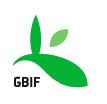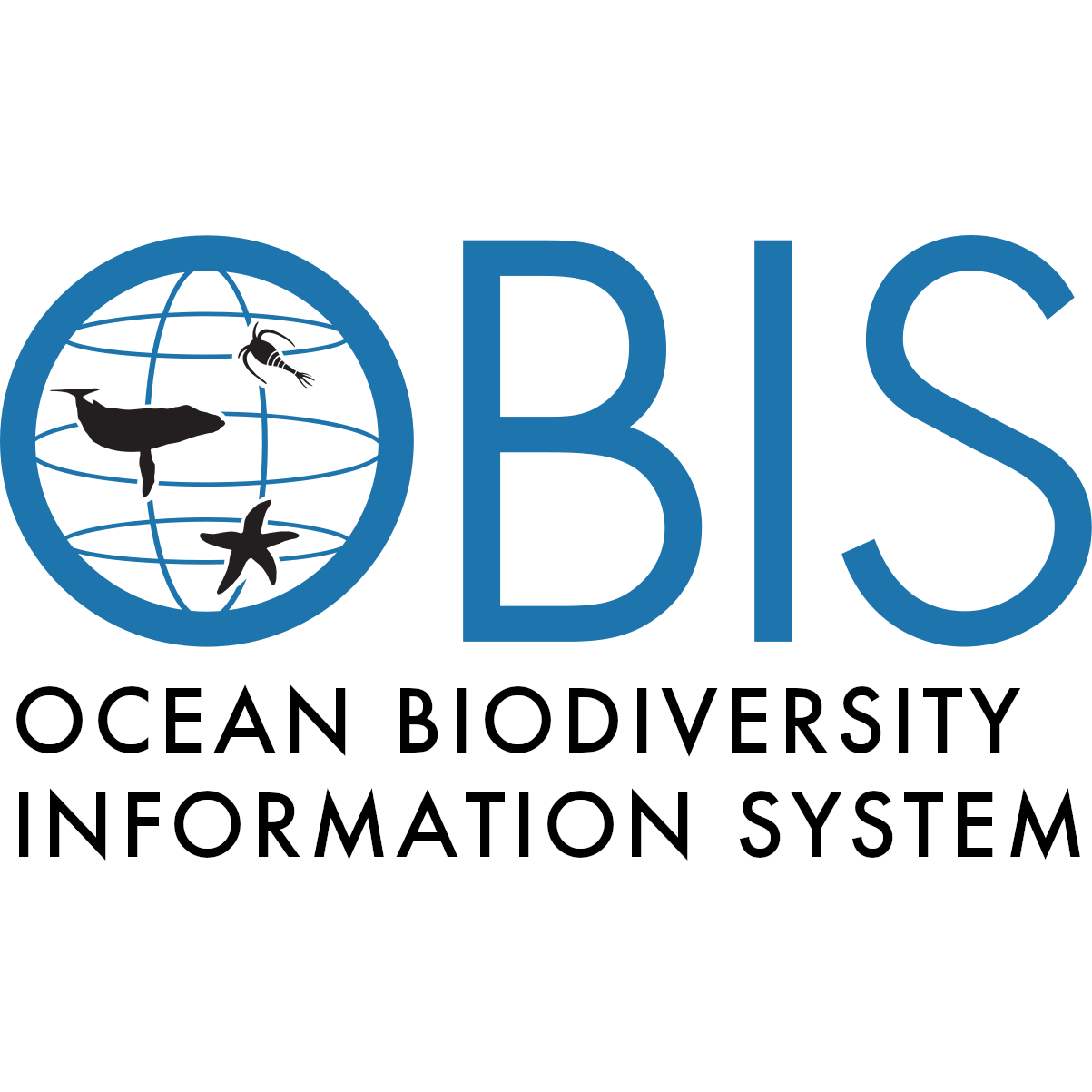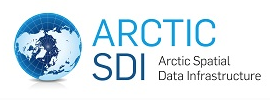 The Conservation of Arctic Flora and Fauna's (CAFF) Arctic Biodiversity Data Service works with Arctic Council states, Permanent Participants and Observer states and organizations to gather data from across the Arctic and secure permissions to make it available online.
The Conservation of Arctic Flora and Fauna's (CAFF) Arctic Biodiversity Data Service works with Arctic Council states, Permanent Participants and Observer states and organizations to gather data from across the Arctic and secure permissions to make it available online.
CAFF works with a range of partners to further develop cooperation, access to and management of biodiversity data. Partners include the Arctic Spatial Data Infrastructure (Arctic SDI); Global Biodiversity Information Facility (GBIF); Ocean Biodiversity Information System (OBIS); Group on Earth Observations Biodiversity Observation Network (GEOBON); Global Earth Observation System of Systems (GEOSS); International Network for Terrestrial Research and Monitoring in the Arctic (INTERACT), Protection of the Arctic Marine Environment (PAME) Arctic Council working group and NatureServe.
 The importance of Arctic biodiversity data collection, management and quality control cannot be overstated. Countries and other organizations inside and outside the Arctic invest hundreds of millions of dollars on Arctic biodiversity monitoring to better understand change. There are hundreds of biodiversity-related monitoring programs currently contributing to these diverse efforts.
The importance of Arctic biodiversity data collection, management and quality control cannot be overstated. Countries and other organizations inside and outside the Arctic invest hundreds of millions of dollars on Arctic biodiversity monitoring to better understand change. There are hundreds of biodiversity-related monitoring programs currently contributing to these diverse efforts.
Circumpolar Biodiversity Monitoring Program (CBMP)

The Circumpolar Biodiversity Monitoring Program (CBMP) is an international network of scientists, governments, Indigenous organizations and conservation groups working to harmonize and integrate efforts to monitor the Arctic's living resources.
The goal is to facilitate more rapid detection, communication, and response to the significant biodiversity-related trends and pressures affecting the circumpolar world. The CBMP has been endorsed by the Arctic Council and the UN Convention on Biological Diversity and the official Arctic Biodiversity Observation Network of the Group on Earth Observations Biodiversity Observation Network (GEOBON).
The CBMP is focusing on better coordinating existing monitoring efforts and aggregating and integrating datasets to increase the value of the substantial investment in Arctic biodiversity monitoring.
Global Biodiversity Information Facility (GBIF)
 Data between CAFF and GBIF are being exchanged, including 300+ records underlying the Arctic Species Trend Index (ASTI), with the global data integration services offered by GBIF. The aim is to enable researchers and other GBIF users to have access to the rich data from CAFF providers that documents distribution of Arctic species over time, and thus improves knowledge of the region's biodiversity.
Data between CAFF and GBIF are being exchanged, including 300+ records underlying the Arctic Species Trend Index (ASTI), with the global data integration services offered by GBIF. The aim is to enable researchers and other GBIF users to have access to the rich data from CAFF providers that documents distribution of Arctic species over time, and thus improves knowledge of the region's biodiversity.
At the same time, the two organizations are investigating how best to integrate Arctic data from natural history collections, research teams and observer networks shared by hundreds of GBIF data publishers into the Arctic Biodiversity Data Service (ABDS), through web services freely available via GBIF. An important challenge in this collaboration will be to avoid duplication of data from institutions in Arctic nations that may already be contributing to both networks.
CAFF and GBIF have signed a Resolution of Cooperation that will encourage sustainable workflows to keep this data exchange up to date, and ensure that governments and stakeholders get maximum benefit from the complementary activities of the two networks.
The Global Biodiversity Information Facility (GBIF) is an international open data infrastructure, funded by governments. GBIF operates through a network of nodes, coordinating the biodiversity information facilities of participant countries and organizations, collaborating with each other and the secretariat to share skills, experiences and technical capacity.
Ocean Biodiversity Information System (OBIS)
 The Arctic Biodiversity Data Service (ABDS) is the Arctic Node of the Ocean Biodiversity Information System (OBIS) and CAFF participates in the steering group of OBIS.
The Arctic Biodiversity Data Service (ABDS) is the Arctic Node of the Ocean Biodiversity Information System (OBIS) and CAFF participates in the steering group of OBIS.
OBIS seeks to absorb, integrate, and assess isolated datasets into a larger, more comprehensive pictures of life in our oceans. The system hopes to stimulate research about our oceans to generate new hypotheses concerning evolutionary processes, species distributions, and roles of organisms in marine systems on a global scale. The abstract maps that OBIS generates are maps that contribute to the ‘big picture’ of our oceans: a comprehensive, collaborative, worldwide view of our oceans.
OBIS provides a portal or gateway to many datasets containing information on where and when marine species have been recorded, including data provided through the CAFF IPT. The datasets are integrated so you can search them all seamlessly by species name, higher taxonomic level, geographic area, depth, and time; and then map and find environmental data related to the locations.
Arctic Spatial Data Infrastructure (Arctic SDI)
 The Arctic Spatial Data Infrastructure (Arctic SDI) is cooperation between the eight National Mapping Agencies of Canada, Finland, Iceland, Norway, Russia, Sweden, USA and Denmark (including the administrations of the Faroe Islands Home Rule and the Greenland Self-Government).
The Arctic Spatial Data Infrastructure (Arctic SDI) is cooperation between the eight National Mapping Agencies of Canada, Finland, Iceland, Norway, Russia, Sweden, USA and Denmark (including the administrations of the Faroe Islands Home Rule and the Greenland Self-Government).
The aim of the Arctic SDI is to provide politicians, governments, policy makers, scientists, private enterprises and citizens in the Arctic with access to geographically related Arctic data, digital maps and tools to facilitate monitoring and decision making.
The Arctic SDI Geoportal is providing a web map viewer for use by any interested user to access Reference Map Services covering the Arctic region and its Metadata Catalogue Service. The Reference Web Map Services – one of the cornerstones in the infrastructure – provides access to a coherent and authoritative Arctic reference map brought together from the Naitonal Mapping Agency data – nominally a 1:250,000-scale. The searchable Metadata Catalogue contains mapable data resources (base maps and other geo-referenced thematic data and services).
